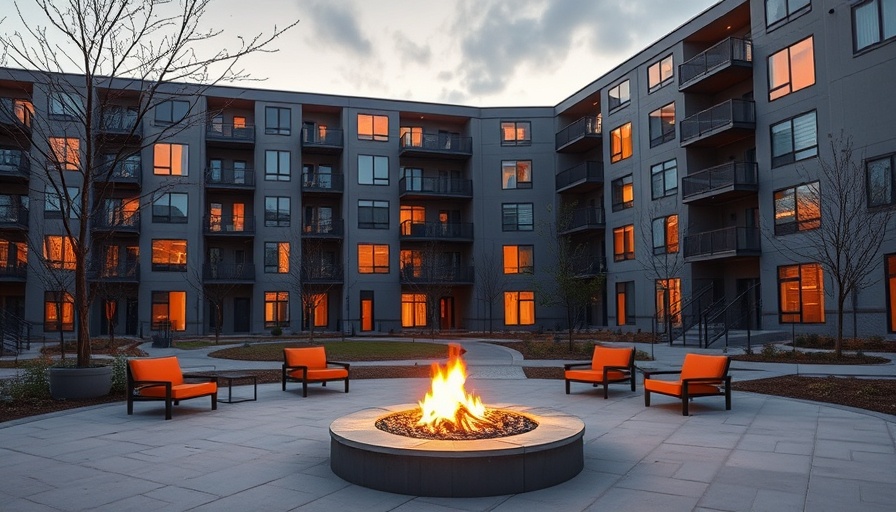
California’s Rising Wildfire Risks: A Tenacious Battle
The recent wildfires that swept through Southern California in January 2025 have left behind an indelible mark on the landscape, destroying more than 16,000 structures and incurring around $45 billion in insured losses. While these fire incidents, the most catastrophic in Los Angeles's history, brought immense sorrow, the reality is that they were partly fueled by factors we could have anticipated. According to a study published by Nature in 2023, California's wildfire risk has surged by over 25% largely due to human-driven climate change, a situation exacerbated by increasing "fuel moisture" levels, or the dryness of the environment before a fire strikes.
Resilience Strategies in Affordable Housing
Amidst these devastating events, however, some rays of hope shine through. Notably, no multifamily affordable housing developments were destroyed during the January fires, highlighting the effectiveness of proactive resilience strategies adopted by housing developers. As Ari Beliak, president and CEO of Merritt Community Capital, emphasizes, adopting comprehensive resilience plans during the development phase is vital. His organization focuses on California's affordable housing landscape, advocating for strategies specifically designed to withstand unpredictable wildfires.
Understanding California’s Unique Fire Risks
California cannot be viewed as a homogenous entity when it comes to wildfire risks. Beliak describes the state as comprising four distinct regions, each with varying levels of fire risk. For example, urban areas like Los Angeles and San Diego have pockets with significantly higher risks than their surrounding regions. The state's Wildland-Urban Interface (WUI) maps clearly delineate where enhanced fire safety measures are necessary. From 2012 to 2022, nearly all of California's deadliest fires ignited in WUI-designated areas, underscoring the importance of these designations in safeguarding communities.
The Growing Concern: Expansion of WUI Areas
One alarming trend revealed by studies is the expansion of WUI zones in California. From 1990 to 2022, WUI designations increased by 20%, and housing units within these zones surged by 40%. Areas like Elk Grove in Sacramento exemplify this growth, going from just 85 WUI-designated homes in 1990 to nearly 10,000 by 2020. It’s imperative for residents, especially in San Diego County, to remain vigilant, stay informed, and actively participate in their community’s fire safety efforts.
As California continues to grapple with the daunting challenges posed by climate change and wildfires, understanding these dynamics is not only beneficial but essential for local residents. Preparing for future risks and adapting to a changing environment ensures that communities can thrive despite adversities.
 Add Row
Add Row  Add
Add 




Write A Comment